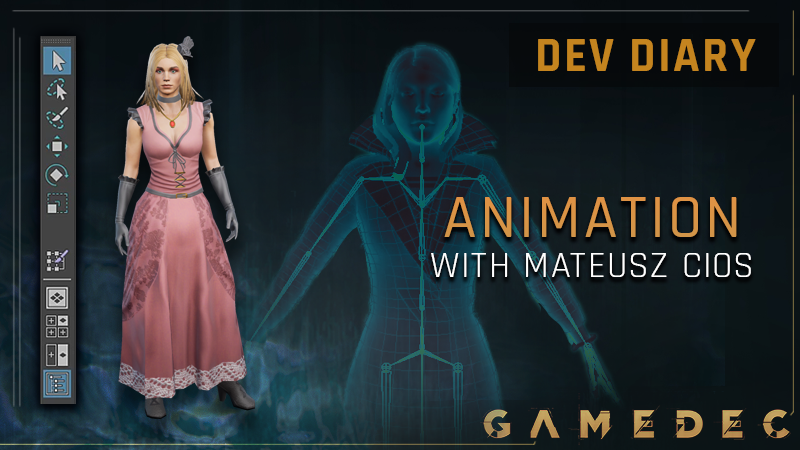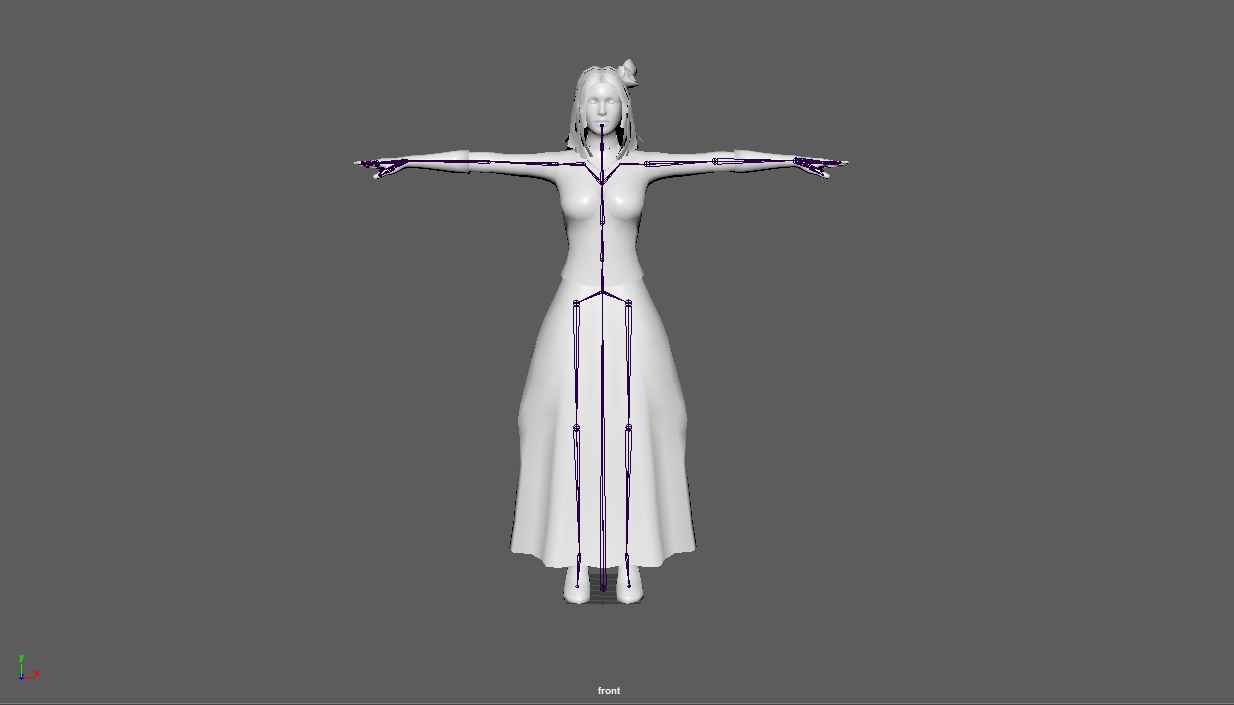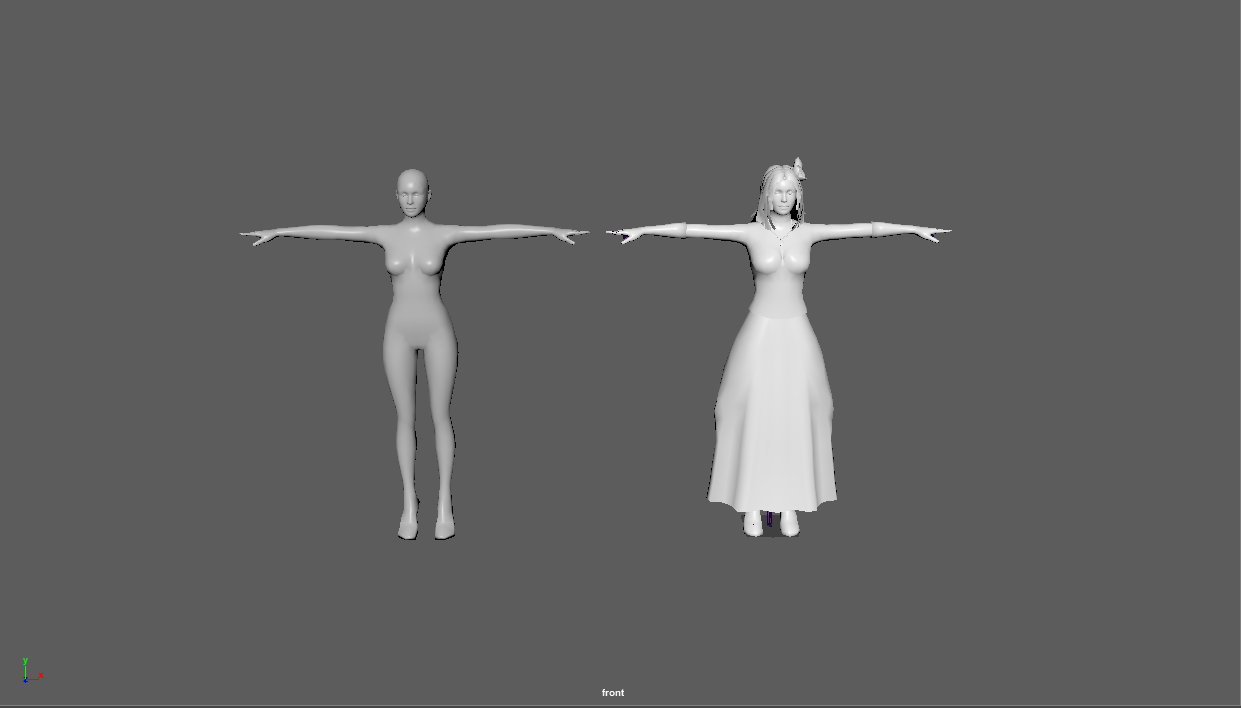toro
Arcane

- Joined
- Apr 14, 2009
- Messages
- 15,120
But what is an RPG?Edit: This game is stretching the meaning of what is a RPG.
Not an adventure game? Or!?

But what is an RPG?Edit: This game is stretching the meaning of what is a RPG.















Welcome to the pre-release Gamedec Mechanics Onboarding! In this series, we will explain the basic mechanics in Gamedec, the upcoming isometric, cyberpunk RPG.
It's time for Deduction - our main game mechanics that will define what you think has happened and what clue to investigate further. There is no coming back, so make sure to take everything you can into consideration.

















Welcome to the pre-release Gamedec Mechanics Onboarding! In this series, we will explain the basic mechanics in Gamedec, the upcoming isometric, cyberpunk RPG.
Next in line are aspects - think of them as a virtual currency used to buy professions. You can get them by interacting with the environment and talking to many NPCs.















Welcome to the pre-release Gamedec Mechanics Onboarding! In this series, we will explain the basic mechanics in Gamedec, the upcoming isometric, cyberpunk RPG.
It's time for Professions - you can unlock them using various aspects collected through gameplay. They give you even more options to interact with the environment and NPCs. They define who you really are.
Dev-Diary: Animating a character in Gamedec with Mateusz CiosHi, my name is Matthew, and I am an animation lead at Anshar Studios. Today, I will show you the process behind creating a character as a fully animated final piece.

Skeleton
Before we start bringing our carefully crafted 3D character to life, we need to make it possible for it to move. Like an actual human, it will need some kind of skeleton. The process is a bit time-consuming and tedious because every mistake made here will affect our future work with the animation. Skeletal systems in 3d software are most often created using the hierarchy of joints, which visually look pretty similar to an actual human skeleton. We have to make sure that the joints are placed in anatomically correct places. We have to check if the joint orientation reflects the rotation that we want to work with. For anatomical correctness, of course, this rule can be bent while working on some kind of a stylized character, monster, or really anything else more cartoonish. Still, for a realistic character, it's more like a rule of thumb.

Skinning
Okay, now that we have a fitting skeleton inside our character's body, the time has come to bind the skin, generating skin weights for our character. Weights are basically a black and white map representing 0 to 1 values, 0 being black and 1 being white. Those values determine the strength with which every single joint affects every vertex of the character mesh. There is also a different way to display skinning values called color ramp, which looks like a temperature gradient from dark blue to red. Still, I prefer the black and white mode because it's easier to see some misplaced influences.

There are a couple of ways you can bind the skin to the skeleton. Still, in the Gamedec pipeline, those are not really that important because we streamlined the whole skinning process using copy weight Maya script. Instead of painting the skin weights on hundreds of different characters by hand, we created a base body model and skinned it to perfection. Now we are using it as our base for all future skins. With this method, the skinning process is taken to the nearly finished state with a press of one button, all that is left to do is to look for some misplaced influences and adjusting skin weight values on different clothing, hairstyles, or any other elements that turned out to be problematic for the script. There are also cases of material difference, for example, the shoulders on the gif below. Still, the script did not know this, and it turned out too flexible. These things are being fixed at this stage too.

Unreal Engine
After the character is skinned properly, it's time to move it to the engine and see how it performs. We can test various animations to see if the skinning is well done and if the elements hold their places well. I usually use our test level to play desired animations with a press of the button on the widget. This is usually the final step before a new character is approved and can be used in the game, but some cases will need a final touch to look good. One of those cases is the long skirts of female characters inhabiting the wild west world - Harvest Time. The skeleton that we use is pretty simple because Gamedec is an isometric game. We do not need a significant amount of detail to make things look good. But sometimes, the overall low amount of bones in our skeleton and the lack of support joints for cloth turns out to be an obstacle that makes it really difficult to keep things looking smooth.
Our savior here is the built-in cloth simulation system to give us a really realistic look on those problematic skirts with low effort. The procedure itself is straightforward to use but at the same time pretty complicated given the number of variables and parameters that we can tweak to get the behavior of the fabric just right. To name a few, cloth stiffness, simulation weight, and friction are just a tiny portion of the possible tweak values. With the help of this fantastic tool, we just made our skirt look like it's straight from the real world.

















Welcome to the pre-release Gamedec Mechanics Onboarding! In this series, we will explain the basic mechanics in Gamedec, the upcoming isometric, cyberpunk RPG.
Our series ends with the Codex - think about it as a glossary and history book for everything you do and everything you need to track. Codex consists gather excerpts from media, interviews, corporate e-mails, and anything that might help you better understand the world or a certain character.

The time has come!
One day before Gamedec's release, we are thrilled to share the brand-new launch trailer with you. Sit at the bar, grab a drink and listen to gamedecs chatting about their job.
After that, you are welcomed to join us in celebrating the launch on the online launch party with the dev team tomorrow, September 16th, at 9:00, AM PT/17:00 GMT on {LINK REMOVED}.
Our excitement is not the only thing that we want to share at the event - we will be giving away some gamedec-essential goods from our partners:
- Corsair Harpoon RGB Wireless mouse
- Elgato Stream Deck v2
- Corsair Void RGB Elite USB Headset
- Corsair MM800C RGB Polaris Mousepad
- Displate Metal Posters
- MSI baseball caps and backpacks
We can hardly believe that in 24 hours we will show you the outcome of many years of our work. On such an important day, we would be honored to feel supported by our incredible community, so:
Come early, stay late.
















it's such a strange choice to have a demo available only in a limited window of time; seems counter-productive to raising awareness. rather, only the most diehard will follow and note it, resulting in a feedback loop rather than growing the pie of interested customers.yea the marketing for the game is really weird...

its hard to say because despite all the slickly produced videos i have no idea what the gameplay actually entails. it's like 5 second snippets of gameplay and different subsystem screens.
they way they rolled out the focus features seems more to garner publicity than to actually inform - shocking, i know.

yea the marketing for the game is really weird...



Sure, the mechanics videos are so brief that you don't get anything from them other than it looks like block-diagrams.yea the marketing for the game is really weird...
Could you please elaborate?We're 100% honest with the community, produced multiple gameplay/mechanics videos, implemented feedback after the kickstarter alpha build and beta for backer's build [two different cases] and made public demo a couple of times during some of the events. It's counter-productive to have a demo from a year-old build available forever.









